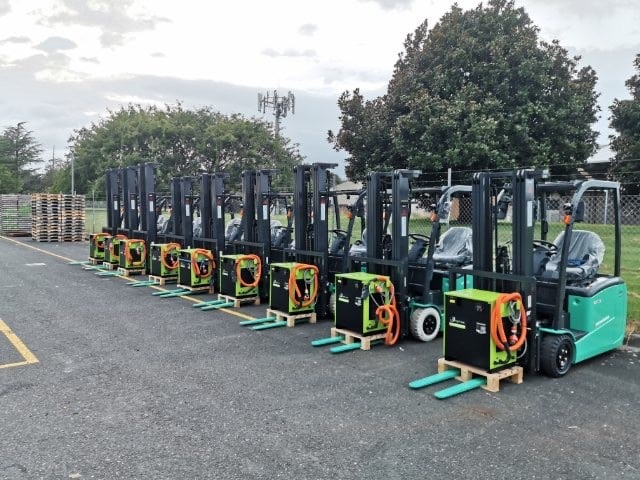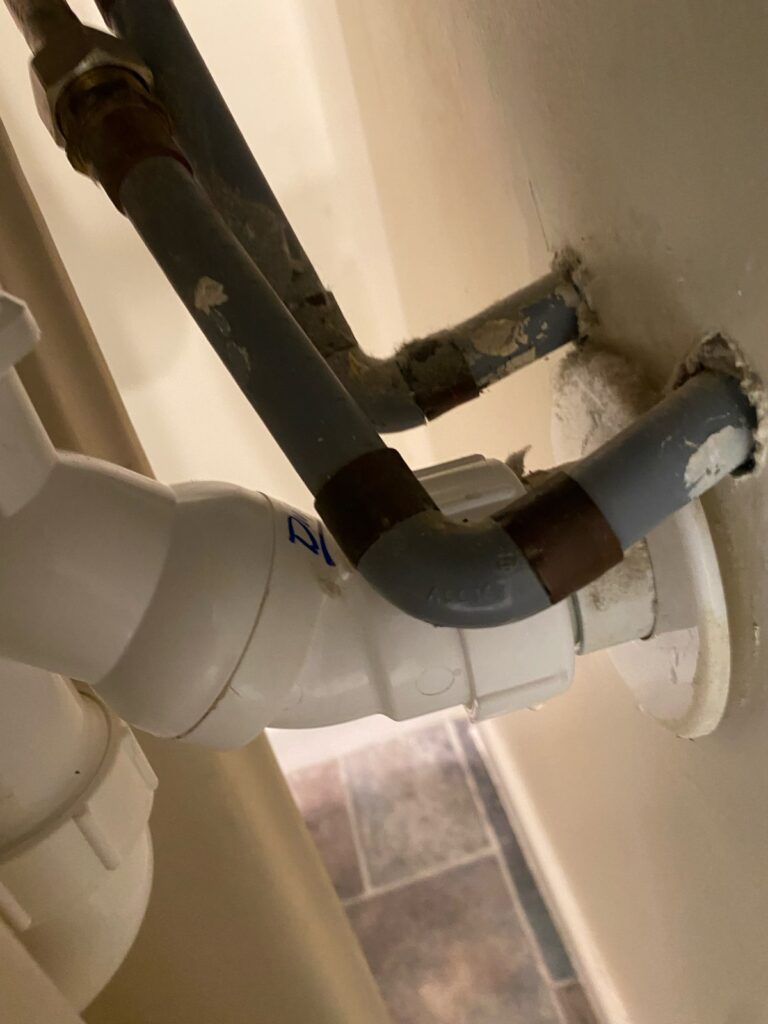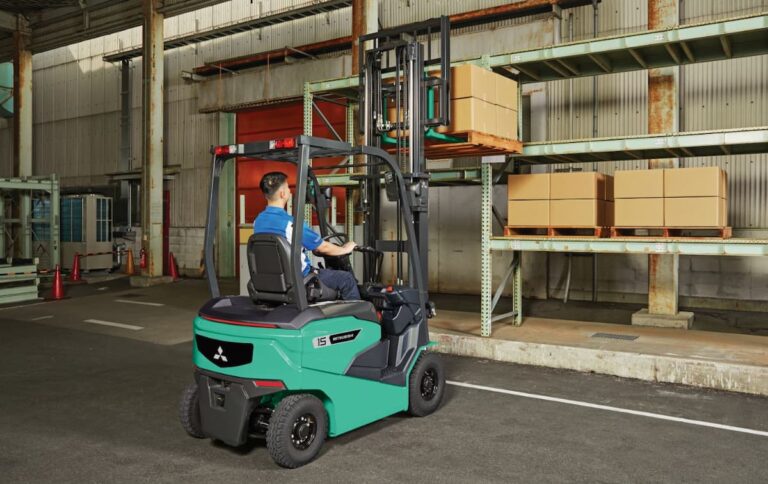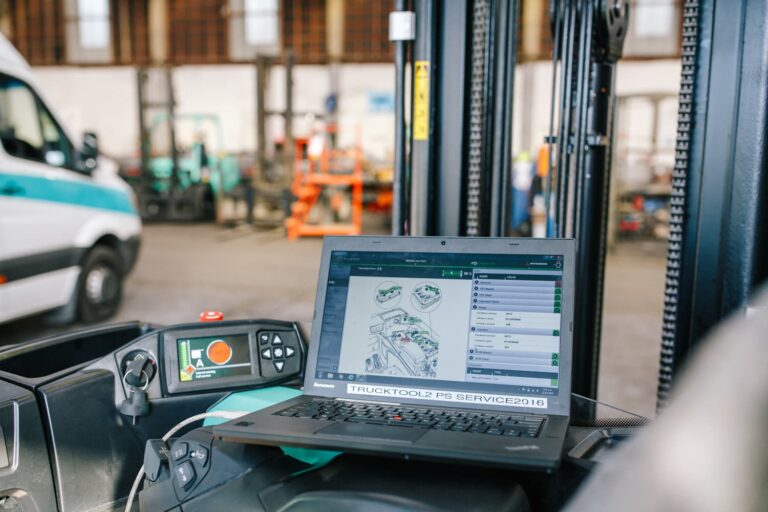Managing a complex warehouse layout presents unique challenges, especially when it comes to material handling. Whether you’re navigating narrow aisles, high storage areas, or dynamic loading docks, renting the right forklift is essential to maintaining an efficient and safe working environment.
Forklifts are key pieces of equipment in any warehouse, but in spaces with complicated layouts, the need for careful planning becomes even more critical. Renting the wrong type of forklift or failing to account for the complexities of the layout can lead to inefficiencies, safety risks, and unnecessary costs.
Why Proper Planning Is Critical for Warehouse Efficiency
When done correctly, forklift rental planning can significantly boost the overall efficiency of a warehouse. Proper planning ensures that the rented forklifts meet the specific demands of your layout, improving safety and productivity. Efficient material handling is crucial in maintaining smooth operations, preventing bottlenecks, and reducing downtime.
Planning ahead also ensures that you are not paying for equipment that is unsuitable or underutilised. By addressing the complexities of your layout and aligning them with your rental choices, you can optimise both workflow and cost.
Assessing Your Warehouse Layout and Material Handling Needs
Mapping the Warehouse Layout
The first step in planning forklift rentals for a complex warehouse is to thoroughly assess and map your warehouse layout. This involves identifying key features such as aisle widths, turning spaces, docking areas, and the height of storage racks.
Narrow aisles and tight corners can limit the types of forklifts that can operate effectively, making it important to choose machines with the appropriate dimensions and maneuverability. Warehouse mapping software can be a useful tool, allowing you to visualise the layout and identify potential obstacles.
It also helps in determining the most efficient routes for forklift travel, reducing congestion and improving workflow.
Identifying Material Handling Requirements
In addition to assessing the physical layout, it’s essential to understand your material handling requirements. What types of goods are being moved? How heavy are the loads?
How frequently do materials need to be transported across the warehouse? By identifying these factors, you can select forklifts that are equipped to handle the specific demands of your operation. For example, if you’re handling heavy loads that need to be lifted to high racks, you’ll need a forklift with the appropriate load capacity and lift height.
Evaluating these needs ensures that the equipment you rent is fit for purpose, enhancing operational efficiency.
Choosing the Right Forklifts for Your Layout
Types of Forklifts Suitable for Complex Warehouses
There are several types of forklifts available, each designed to suit different warehouse environments. For complex warehouse layouts, choosing the right type of forklift is crucial.
For example, counterbalance forklifts are versatile and commonly used for general warehouse tasks, but they may not be ideal for narrow aisles. Reach trucks, on the other hand, are designed to work in tight spaces and can lift loads to high shelves, making them ideal for vertical storage systems.
Narrow aisle forklifts and order pickers are also excellent choices for warehouses with limited space and high racks, allowing operators to manoeuvre efficiently in restricted areas.
Considering Load Capacity and Lift Height
When selecting forklifts for your warehouse, it’s important to consider both the load capacity and the lift height required. If your warehouse uses high-racking systems, the forklift you rent must be capable of safely lifting loads to those heights without compromising stability.
Load capacity is equally important, as forklifts must be able to handle the weight of the goods without straining the equipment or posing safety risks. Renting forklifts with the correct specifications ensures that you can maintain safe and efficient operations while reducing the risk of accidents or equipment damage.
Manoeuvrability and Turn Radius
In complex layouts, the ability of a forklift to navigate tight spaces and sharp corners is critical. Selecting a forklift with the right turn radius and manoeuvrability will reduce the risk of accidents and allow for smoother movement through the warehouse. Narrow aisle forklifts, for example, are specifically designed for environments where space is at a premium, allowing operators to work efficiently without compromising safety.
Safety Considerations for Forklift Use in Complex Layouts
Ensuring Safe Navigation in Tight Spaces
Operating forklifts in confined spaces presents unique safety challenges. To mitigate risks, it’s important to employ various strategies that enhance visibility and control.
Installing mirrors at key points, using warning systems such as lights and buzzers, and ensuring adequate lighting throughout the warehouse can significantly reduce the likelihood of accidents. Additionally, creating clear signage for designated forklift pathways and pedestrian zones can help prevent collisions and improve overall safety.
Training for Forklift Operators
Forklift operators need specialised training to work safely in complex warehouse environments. The complexity of the layout may require operators to develop advanced skills in handling equipment in tight spaces, dealing with high storage, and operating under varying conditions.
Proper training not only improves safety but also enhances productivity, as well-trained operators are more efficient and less likely to cause damage to goods or equipment.
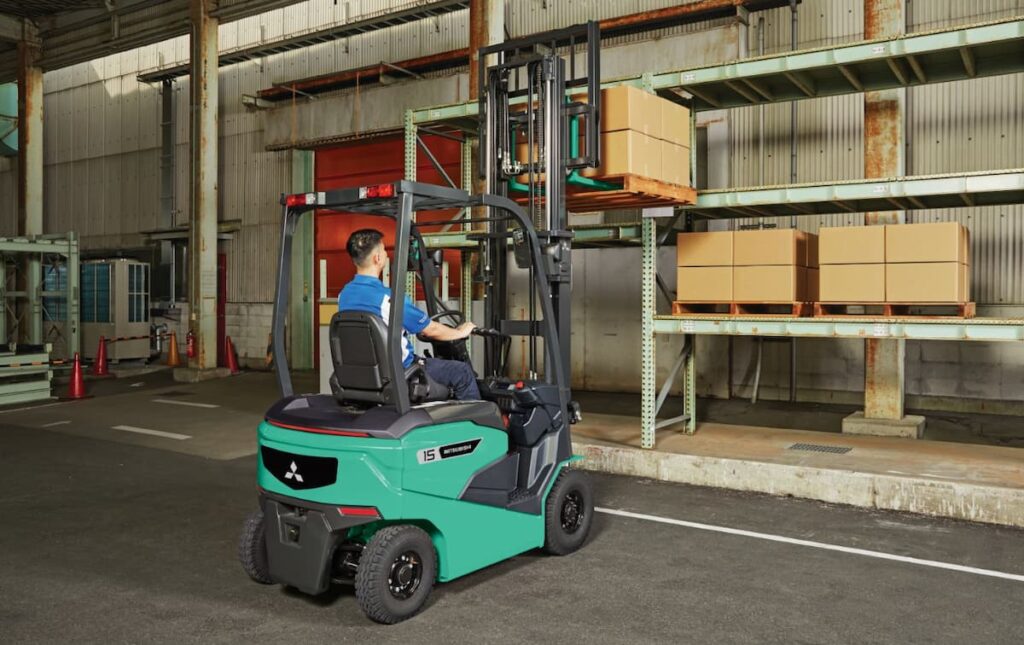
Customising Forklift Rentals to Match Workflow
Aligning Forklift Features with Operational Needs
Every warehouse operates differently, and forklifts can be customised to meet specific workflow needs. Depending on the tasks at hand, you may require forklifts with specialised attachments like side shifters or fork extensions, which can improve handling efficiency.
These features can be particularly useful in warehouses with high-density storage or when handling irregularly shaped items. Customising your rental forklifts to align with your operational requirements ensures that you are maximising the value of your rental investment.
Scheduling Rentals Around Peak Business Periods
To make the most of your forklift rental, it’s essential to plan around your warehouse’s peak business periods. For example, during busy seasons or when demand spikes, having additional forklifts on hand can help manage increased volumes without causing delays.
Conversely, during slower periods, scaling back your rentals can help reduce costs. Planning your forklift rentals according to your business cycle ensures that you have the right amount of equipment when you need it most, without overextending your budget.
Optimising Forklift Fleet for Complex Layouts
Balancing the Number of Forklifts with Workflow
In busy warehouses, striking the right balance between the number of forklifts and the workflow is key to maintaining efficiency. Too few forklifts can lead to bottlenecks and delays, while too many can result in unnecessary rental costs and congestion on the warehouse floor.
By carefully assessing the workflow and demand, you can determine the optimal number of forklifts required to keep operations running smoothly without overwhelming the layout.
Tracking Performance and Utilisation
Once your forklifts are in operation, tracking their performance and utilisation is essential for optimising your rental fleet. Using telematics or manual logs, you can monitor how often forklifts are used, how long they spend idle, and whether any adjustments need to be made to improve efficiency.
This data can help you make informed decisions about scaling up or down your forklift rentals and ensure that the fleet is being used effectively.
Conclusion
Planning forklift rentals for complex warehouse layouts requires a thorough understanding of your warehouse’s layout, material handling needs, and workflow demands. By assessing your space, choosing the right forklifts, and prioritising safety, you can optimise your forklift fleet for maximum efficiency. Customising your rentals and tracking their utilisation ensures that you are getting the most out of your equipment while reducing unnecessary costs.
A well-planned forklift rental strategy offers numerous benefits, including increased efficiency, improved safety, and cost savings.
By selecting the right equipment and managing your rentals according to your business’s needs, you can create a seamless operation that keeps your warehouse running smoothly, even in the most complex layouts.
Get your business noticed by creating an online directory listing. Listings are FREE and you can create as many as you need.
- Get found by locals
